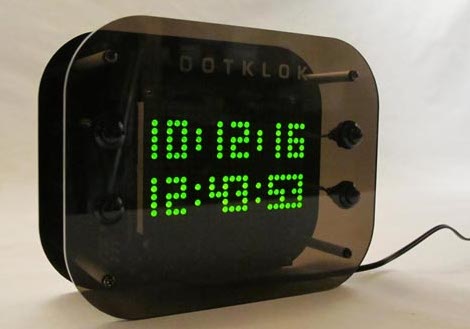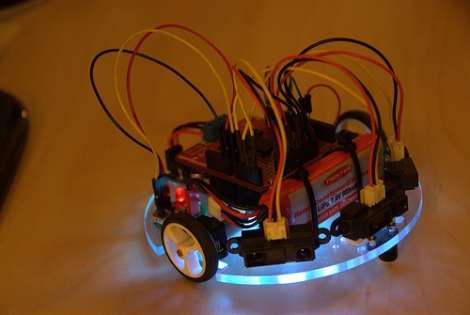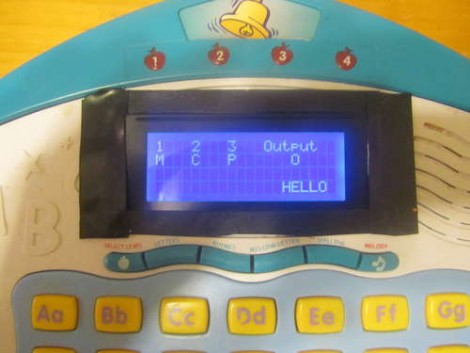
[Jeri Ellsworth] recently released another video in her “A-Z of Electronics” series – this time Capacitors are the subject. As a penance for my boneheaded AC Capacitor suggestion yesterday (I swear it was lack of sleep talking), [Caleb] suggested that I be the one to write this article. Since I’m not an electrical engineer (I majored in Comp Sci), I enjoy watching these videos, and I share them with individuals who are new to electronics. [Jeri] always presents the subject matter in a clear and concise manner, so the subjects do not seem daunting or intimidating.
She briefly discusses the early development of capacitors, including Leyden Jars, then focuses on modern capacitors and their usage. She covers wiring capacitors in circuits, demonstrating the difference between series and parallel configurations, as well as how electrode distance affects capacitance.
If you have a spare minute, be sure to check out her current video as well as those she has previously released.
















